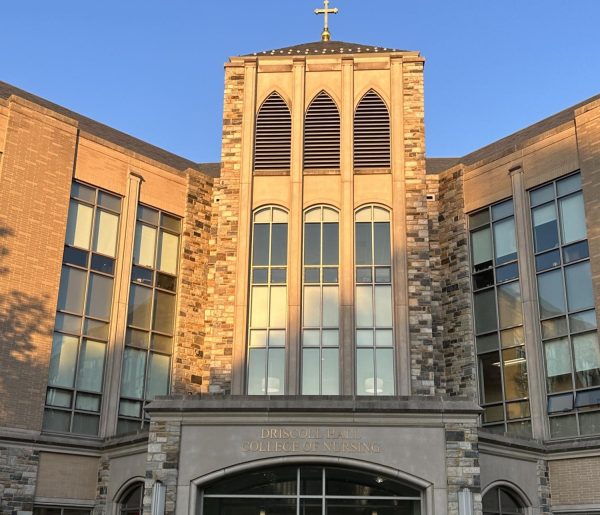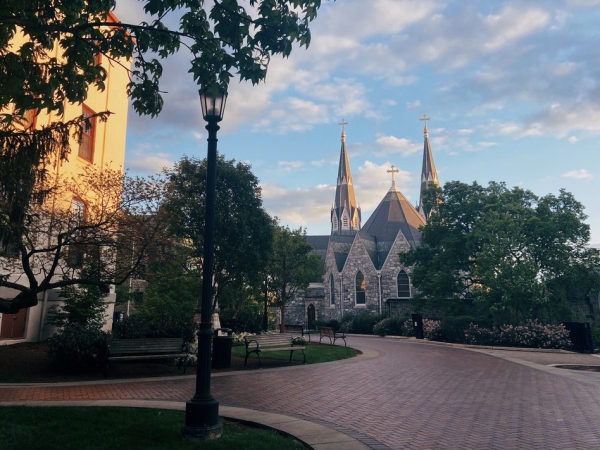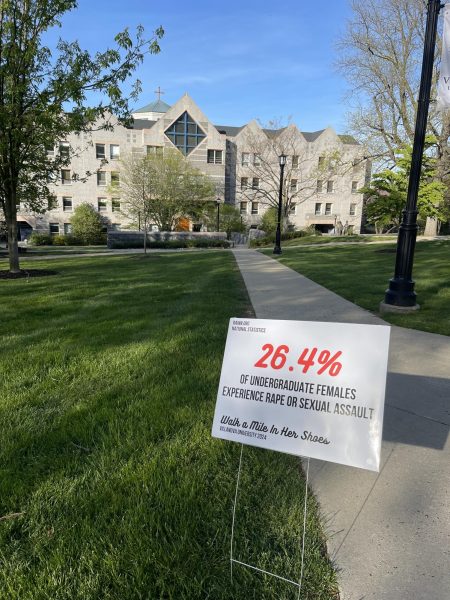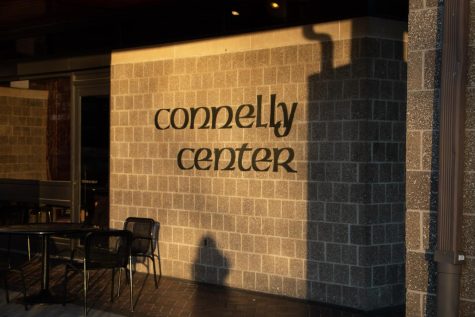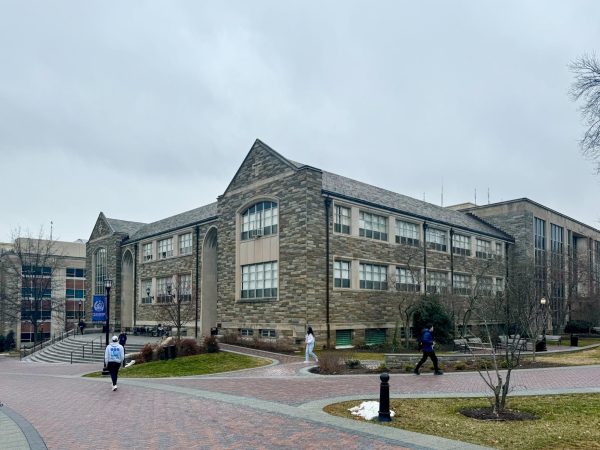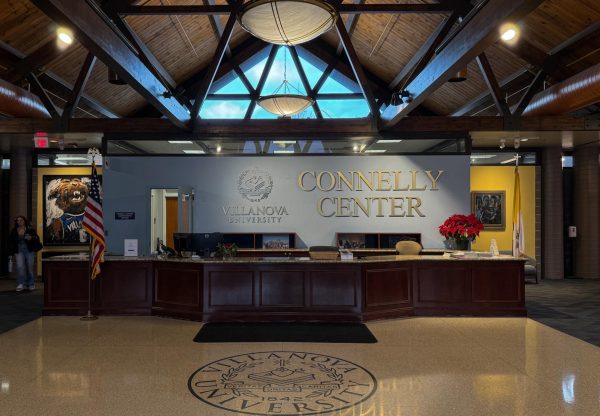Residence life struggles with larger-than-average student body
September 27, 2016
“If 100 percent of students wanted to live on campus, I would be in trouble,” Marie Schauder, Assistant Director for Housing Services summarized the situation currently faced by the Office of Residence Life.
This year, roughly 4,500 of 7,000 University students are living on campus and making sure everyone has a place to sleep has not been an easy task for Housing Services. The process requires a fair amount of foresight according to Schauder.
“No university out there should really have one bed for every student who could live on campus,” Schauder said. “It becomes an issue of supply and demand because you have people who will choose not to live on campus for some reason or another and then you have an empty bed, which means less revenue. So if you’re being strategic, you don’t just want to flood the market.”
Despite Housing Service’s careful planning efforts, the sheer volume of students this year meant an above-average portion of underclassmen (including freshman) have been assigned to the southwest corner of campus to live in dorms like O’Dwyer, Delurey, Simpson and Moriarty.
Alex Ronan ’19 is unhappy with her assignment to O’Dwyer Hall by the University’s random housing lottery.
“My roommates and I are very isolated from everyone else in our grade,” Ronan said. “ We have to plan our entire day around when we can come back to our room, and if we’re studying on main campus late, we have to walk back to our dorm in the dark which can be actually pretty scary.”
Despite these perceived downsides, Schauder asserts that there are certain advantages to living in more remote buildings. Key among them: a discounted tuition bill.
The rate students pay to live on campus directly correlates to factors like the amenities available in the building, the size of the dorm and the location of the building in respect to central campus.
Students who are living in singles in St. Rita’s therefore enjoy the lowest rates on campus, while those living in the West campus apartments are paying the highest housing bills.
However, location is not the only downside Ronan perceives to living in a more remote dorm.
“We don’t have air conditioning in our building and it has been so hot this fall that I often can’t even sleep in my room at night,” Ronan said.
Schauder is confident that these issues will not persist for long. She explained that buildings on the southwest corner of campus are at the forefront of the University’s focus, and she expects to work closely with facilities management to renovate “one or two” buildings per summer, as long as the board of trustees allocates enough money in the University’s budget to do so.
Among this summer’s renovation projects were Alumni and Austin Halls. Austin is now air conditioned, and both dorms now have new bathrooms and flooring.
Schauder is also confident that the Lancaster Avenue project will alleviate some of the overflow into less desirable buildings. New senior housing is key among the project’s initiatives, and if everything goes according to plan the class of 2020 will be the first grade to enjoy the new housing options.
Still, Schauder is confident that housing accommodations will continue to improve on campus, and though she is grateful that there remians a “core group of students” who choose to live off-campus during junior and senior years, she believes that living on Villanova’s campus is a key part of assimilating into the community. “To get the full experience at this college, living on campus is important,” she said.



